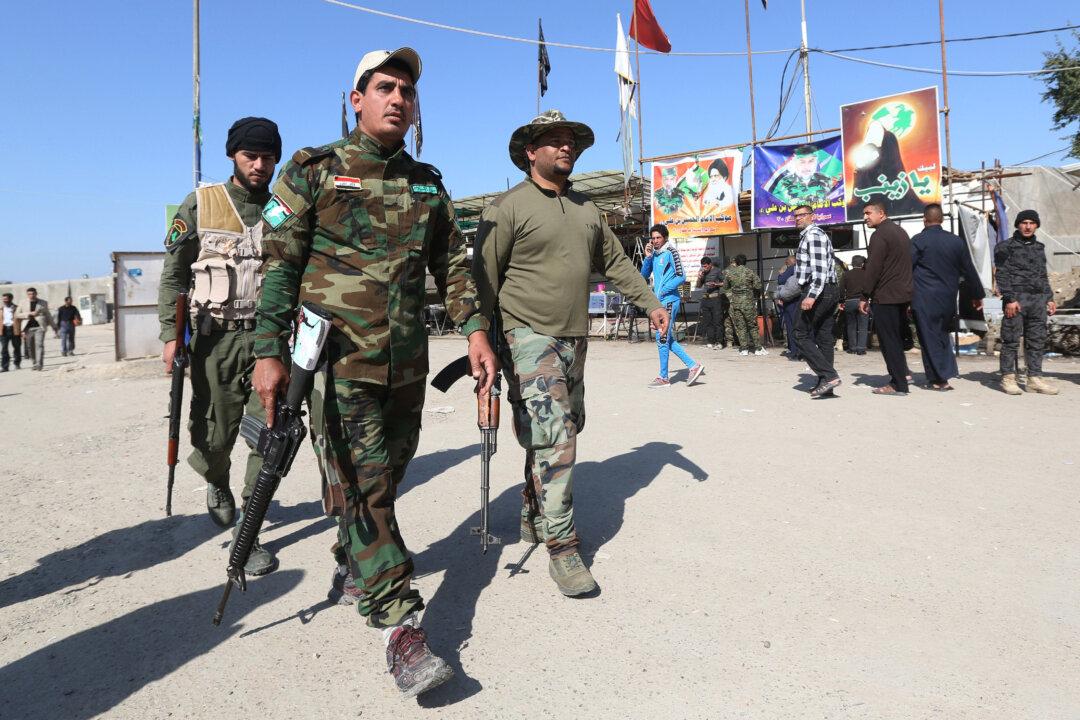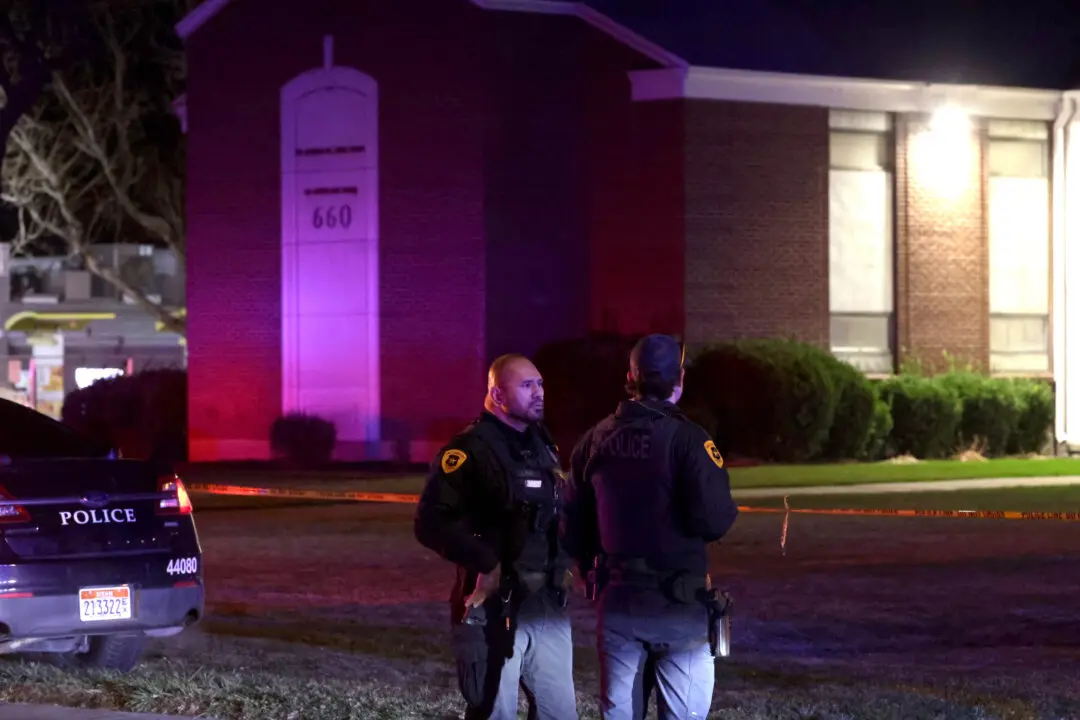SAMARRA, Iraq—Ten years after Sunni extremists blew up a revered Shiite shrine, igniting the worst sectarian violence Iraq had ever seen, the country remains deeply divided, with the Islamic State (ISIS) facing off against increasingly powerful Shiite militias.
The rebuilt golden dome of the al-Askari shrine rises above the low, brown skyline of Samarra, but down below a maze of blast walls and checkpoints manned by Shiite militiamen separate pilgrims from the city’s mostly Sunni residents. ISIS' lightning advance across northern and western Iraq in 2014 stalled just outside Samarra, though the front lines are now some 30 kilometers (20 miles) away.
Many believe ISIS would have never emerged if al-Qaida in Iraq—a precursor of the extremist group—had not blown up the shrine in the early hours of Feb. 22, 2006, shattering its golden dome and setting off a two-year wave of reprisal attacks.
Shiite lawmaker Muwaffak al-Rubaie, who was then Iraq’s national security adviser, remembers the call he got from a local security official that morning. “He said today is the day of judgment,” al-Rubaie recalled. “He was absolutely right.”






